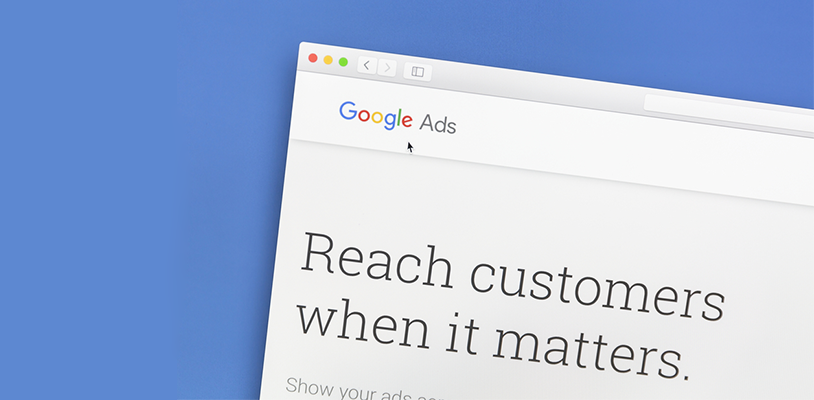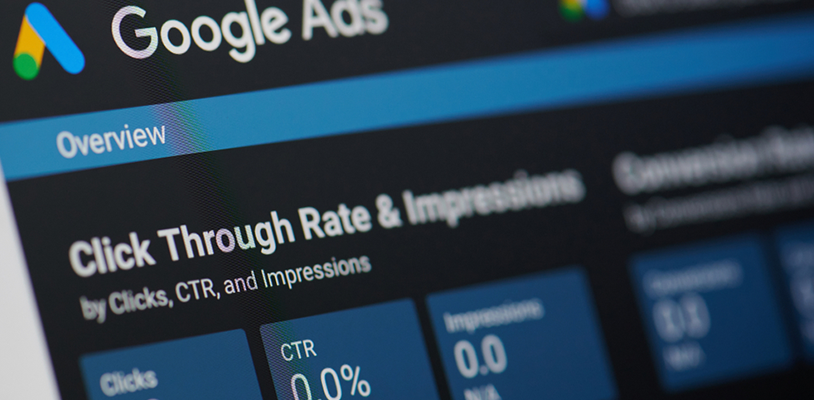Online marketplaces are becoming increasingly competitive with countless organizations trying to gain a greater market share through the most innovative business promotion strategies. Different marketing professionals use various tricks and tips to expand the reach of their client business.
In this context, Google Ads have emerged as one of the most popular and successful methods to turn online searchers and internet users into leads and sales. In fact, almost every leading digital marketing agency considers Google Ads to be an effective way to enhance audience engagement and make them curious about a business, further leading to improvement in sales and revenue.
A Brief Overview Of Google Ads
Google Ads is an online advertising platform that was introduced in the year 2000 with the name of Google Adwords. The platform became increasingly popular, thanks to the exponential growth of Google, and today, it is used by millions of advertisers to ensure better revenues for their clients. The platform was rebranded in 2018 and renamed Google Ads. It basically comprises all the advertising networks of Google, including its search network, its display network, and YouTube. Today, Google has become a staple for the online marketing community, thanks to its expansive reach. Many experts believe that this has been made possible due to the popularity and efficiency of Google Ads.
Understanding The Working Of Google Ads
Google Ads is essentially a marketplace where companies bid for keywords to get the topmost rankings in search engine results. It is a well-known fact that Google is one of the most popular search engines and handles nearly 3.5 billion searches every day. In addition, Google Ads is one of the oldest advertising platforms and has been around for two decades. Both of these factors combine to make Google Ads a highly reliable marketing tool for businesses of all sizes and types.
In fact, Google Ads offers a significant competitive advantage to business organizations by allowing them to create and share well-timed ads on both desktops and mobile devices. This ensures that the ads appear in the listings for a search result as soon as prospective customers look for specific products or services using the Google search engine. Moreover, the ads can span across other channels to further enhance their reach.

Learning About Quality Score In Google Ads
Quality Score is one of the most important parameters for creating and running a successful Google Ads campaign. It provides an aggregated estimate of the overall performance of an advertiser in the bidding process. It is based on three main factors:
- Landing Page Of Ad Campaign: This includes the loading time of the landing page to which the ad is connected, as well as the conversion and bounce rate.
- Expected CTR: It measures the typical performance of the ad campaign by comparing the click-through rate with the general average.
- Relevance Of Ads: It defines whether or not an ad is relevant to the search query of prospective customers.
As per experts from leading Google Ads agencies in Gurgaon, campaigns with higher quality scores lead to higher CTRs and also cause a significant reduction in cost-per-click for advertisers.

Guidelines For An Effective Google Ads Campaign
Building a successful Google Ads campaign can be made relatively simple by following the below-given guidelines.
- The first and the most important step is for advertisers to set up a Google Ads account for managing the campaign in a more flexible and efficient manner.
- Identifying the appropriate audience for the ad campaign is essential for ensuring its success and also for creating the most relevant ads to engage the audience.
- It is equally important to decide the campaign budget and should include the amount to be paid for each ad along with the type of delivery opted for the same.
- Establishing the Google Ads bidding strategy helps advertisers get the most out of their ad budget through an enhanced conversion rate.
- Choosing the right ad extensions helps in updating the audience about the content of the ad even without actually clicking on them.
















